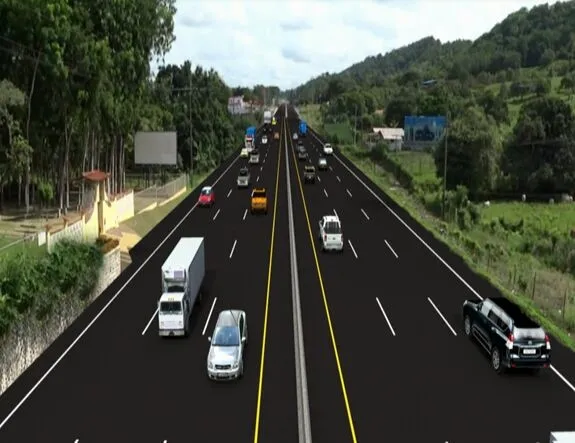
The consortium FCC Corredor de las Playas I has won the contract to widen the first section of the Inter-American Highway.
FCC Corredor de las Playas I consists of FCC Construcción and CICSA – the infrastructures and construction division of the Grupo Carso.
The Inter-American Highway will be widened along nearly 38km to six lanes between La Chorrera and Santa Cruz in the province of Panama Oeste in Panama at a cost of around US$543 million, according to the consortium. The project includes enlarging the bypasses around the towns of Capira and Campana.
The widened section will improve the connection with the end of the Arraiján-La Chorrera motorway and the new Pan-American Highway. Traffic volume over the section will be around 30,000 an hour.
Other projects for FCC Construcción in Latin America include construction of sections 1 and 2 of the Vía Brasil corridor and rehabilitated and enlarged the Arraiján-La Chorrera section of the Pan-American Highway.
In Mexico, FCC built the 850m-long San Marcos Viaduct as part of Mexico’s Nuevo Necaxa motorway project. FCC’s work on the 36km Nuevo Necaxa-Ávila Camacho section including the viaduct was done in a joint venture with the Mexican company ICA






